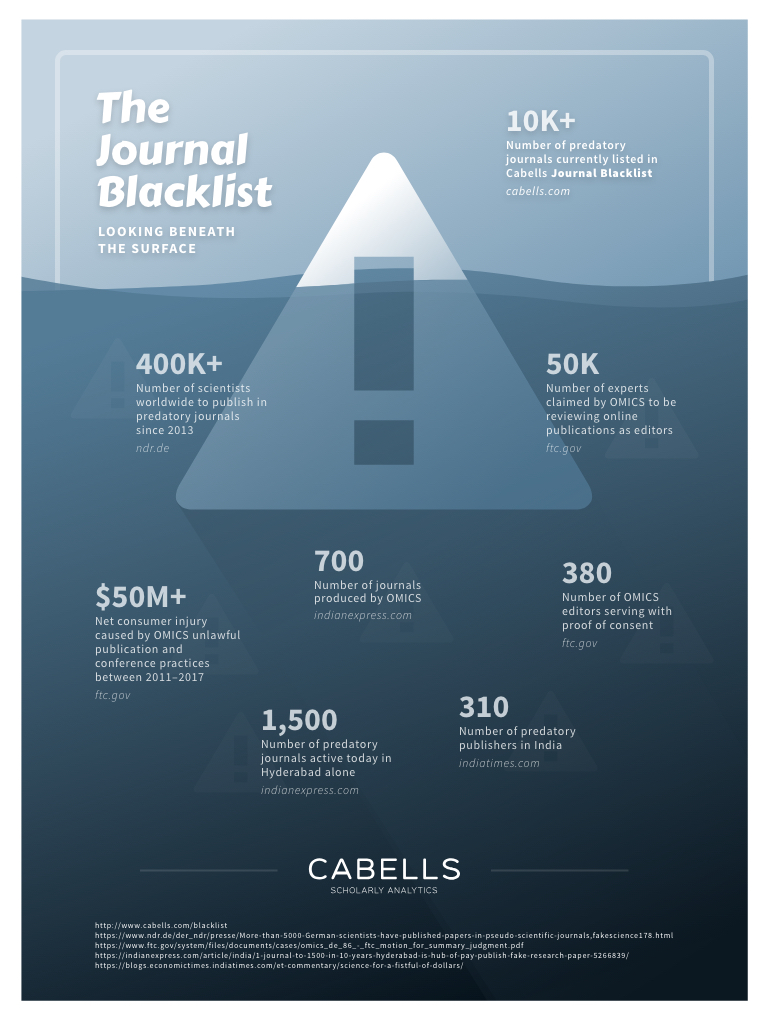What’s in a number? Well, when the number of bad journals overtakes the number of good journals, we may have something to worry about. Simon Linacre takes a brief look behind the figures and shares some insight into the current dynamics of scholarly publishing.
Right up there with ‘How many grains of sand are there in the world?’, ‘Is Santa Claus real?’ and ‘Where do babies come from?’, one of the questions you do not want to be asked as a member of the scholarly communications industry is ‘How many journals are there?’. This is because, like grains of sand there is no finite answer as the numbers will change from one day to the next, but also there is no way to even approximate an educated guess. You could, perhaps, as a fall back look at the numbers of journals where someone has actually counted and updated the number. For example:
- Cabells Journal Whitelist: 11,048
- Clarivate Analytics Master Journal List: 11,727
- Directory of Open Access Journals: 12,728
- Scopus: 36,377
- Ullrichs Periodicals Directory: 300,000+ (periodicals)
However, all of the above have criteria that either limit the number of journals they count or include most journals plus other forms of publication. And another journal list that adds further complexity is this one:
- Cabells Journal Blacklist: 11,103
Now, the more eagle-eyed among you will have seen that the Cabells Blacklist now lists more journals than are indexed in the Whitelist. How can this be? Are we saying there are more predatory journals than legitimate titles out there? Well, not quite. While Cabells has a growing Blacklist thanks to the ever-expanding activities of predatory publishers, the Whitelist is limited to journals of evident quality according to specific criteria and is yet to include medical and engineering journals. When both databases were launched in 2017, the Whitelist was based on Cabells Directories that went back decades, while the Blacklist was newly developed with 4,000 journals. That has now grown to over 11,000 in nearly two years, with many journals coming through the pipeline for assessment.
Due to the rigorous process Cabells administers for the Whitelist, it was inevitable that such a list where many titles are rejected would be superseded by the Blacklist where sadly ever more titles are acceptable for inclusion, due to the proliferation of predatory publishing practices.
So, if you do get asked the dreaded question, the answer is that there are a LOT of journals out there. Some are good, some are bad, and some are in-between. But arm yourself with a trusted index and some relevant criteria, and you won’t need to play the numbers game.

